From The Tennessean and The CATO Institute:
Leave Electoral College Intact
by John Samples
John Samples directs the Center for Representative Government at the Washington-based Cato Institute.
Added to cato.org on March 9, 2011
This article appeared in The Tennessean on March 9, 2011.
PRINT PAGE CITE THIS Sans Serif Serif Share with your friends:
ShareThis
The American Constitution empowers state legislatures to choose the means to select electors who in turn select the president. Some Americans have argued that this Electoral College should be eliminated in favor of direct election of the president by a majority of eligible voters. But evidence on the ground suggests little need for this major constitutional change.
Each state has electors equal to its representation in the U.S. House and the U.S. Senate. The Electoral College thus reflects representation both of populations and of states. Direct election would eliminate representation of the states.
Critics have long argued that the Electoral College gives too much power to states with the smallest populations. Their point is accurate, but greatly exaggerated. The populations of large states still give them great weight in selecting the president. No doubt smaller states would have less influence under direct election. The harm done to small states, however, need not translate into gains for states with larger populations. No doubt some large states would benefit. But in general, big states may lose influence. Why?
John Samples directs the Center for Representative Government at the Washington-based Cato Institute.
More by John Samples
In the current system, the most influential state is the state that casts the electoral votes that put a candidate into the Oval Office. In 2000, that state was Florida. In 2004, Ohio. This is not terribly surprising; both have significant populations. Larger states have more electoral votes and thus are more likely, all things being equal, to cast the deciding vote.
Since the 1980s, several studies have confirmed this. In actual operation, the most influential states in selecting the president are likely to have large populations. State legislatures in large states have reasons to support the Electoral College.
Aren't states solidly in the Democratic or Republican column ignored by presidential candidates? A recent study in the American Economic Review showed that about 40 percent of the states in the future would receive more attention from candidates under direct election; slightly less than 40 percent would receive less attention; and about 20 percent would receive the same.
Critics also say the Electoral College distorts democracy and majority rule. In theory, the framers of the Constitution are guilty as charged; the Electoral College is not direct majority rule. The status quo does not depart from the preferences of the entire electorate. Yale professor David Mayhew looked at presidential elections back to 1948 and found on average no difference in the Democratic Party's vote share in the general population and in the decisive state in the Electoral College.
For example, John Kerry received 48.8 percent of the vote of the entire electorate and 48.9 percent of the vote in Ohio, the state that gave George W. Bush the presidency in 2004.
Many states, large and small, have good reason to maintain the Electoral College. The Electoral College follows the presidential vote in the overall electorate. With so few benefits from change, why should state legislatures move toward direct election of the president?
Leave Electoral College Intact
by John Samples
John Samples directs the Center for Representative Government at the Washington-based Cato Institute.
Added to cato.org on March 9, 2011
This article appeared in The Tennessean on March 9, 2011.
PRINT PAGE CITE THIS Sans Serif Serif Share with your friends:
ShareThis
The American Constitution empowers state legislatures to choose the means to select electors who in turn select the president. Some Americans have argued that this Electoral College should be eliminated in favor of direct election of the president by a majority of eligible voters. But evidence on the ground suggests little need for this major constitutional change.
Each state has electors equal to its representation in the U.S. House and the U.S. Senate. The Electoral College thus reflects representation both of populations and of states. Direct election would eliminate representation of the states.
Critics have long argued that the Electoral College gives too much power to states with the smallest populations. Their point is accurate, but greatly exaggerated. The populations of large states still give them great weight in selecting the president. No doubt smaller states would have less influence under direct election. The harm done to small states, however, need not translate into gains for states with larger populations. No doubt some large states would benefit. But in general, big states may lose influence. Why?
John Samples directs the Center for Representative Government at the Washington-based Cato Institute.
More by John Samples
In the current system, the most influential state is the state that casts the electoral votes that put a candidate into the Oval Office. In 2000, that state was Florida. In 2004, Ohio. This is not terribly surprising; both have significant populations. Larger states have more electoral votes and thus are more likely, all things being equal, to cast the deciding vote.
Since the 1980s, several studies have confirmed this. In actual operation, the most influential states in selecting the president are likely to have large populations. State legislatures in large states have reasons to support the Electoral College.
Aren't states solidly in the Democratic or Republican column ignored by presidential candidates? A recent study in the American Economic Review showed that about 40 percent of the states in the future would receive more attention from candidates under direct election; slightly less than 40 percent would receive less attention; and about 20 percent would receive the same.
Critics also say the Electoral College distorts democracy and majority rule. In theory, the framers of the Constitution are guilty as charged; the Electoral College is not direct majority rule. The status quo does not depart from the preferences of the entire electorate. Yale professor David Mayhew looked at presidential elections back to 1948 and found on average no difference in the Democratic Party's vote share in the general population and in the decisive state in the Electoral College.
For example, John Kerry received 48.8 percent of the vote of the entire electorate and 48.9 percent of the vote in Ohio, the state that gave George W. Bush the presidency in 2004.
Many states, large and small, have good reason to maintain the Electoral College. The Electoral College follows the presidential vote in the overall electorate. With so few benefits from change, why should state legislatures move toward direct election of the president?
.gif)



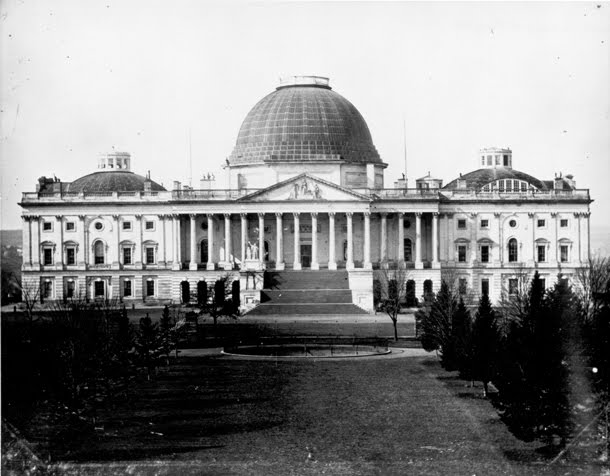









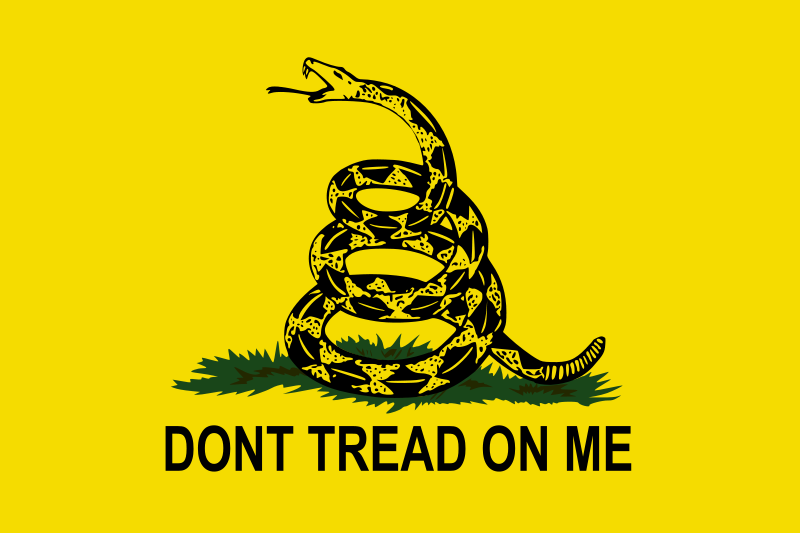
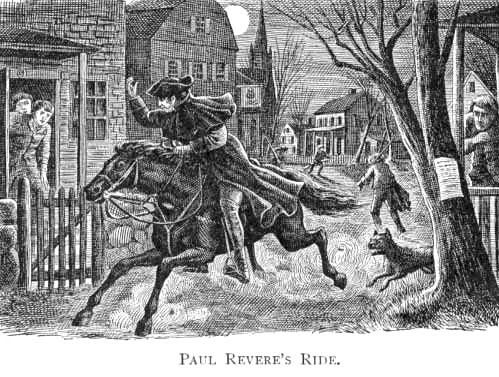

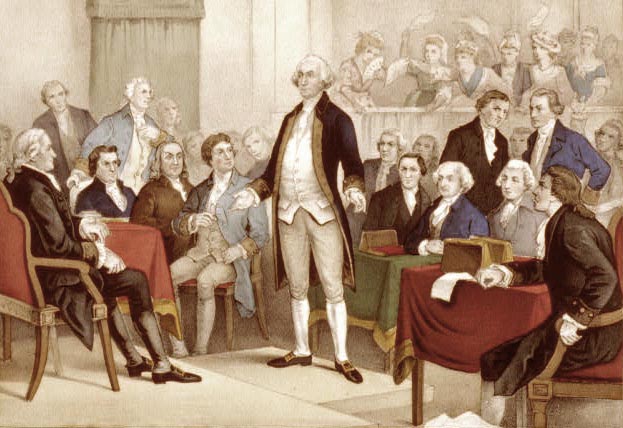

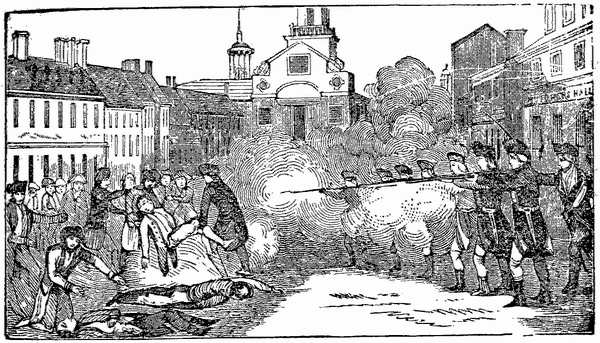
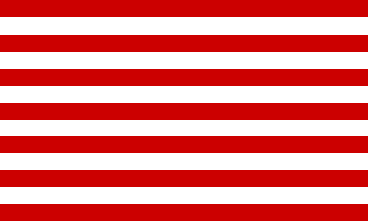
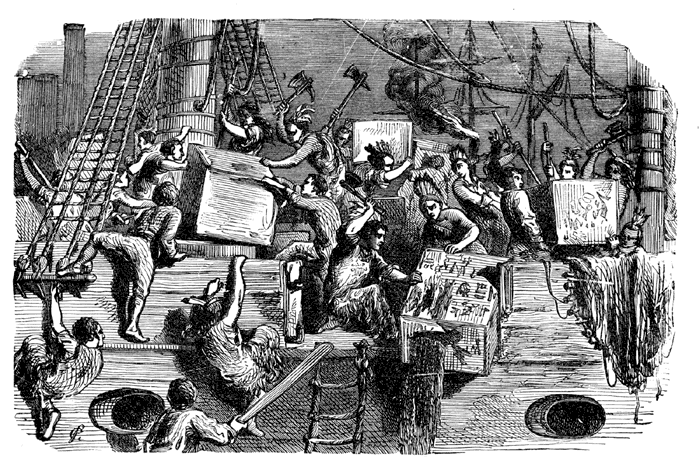




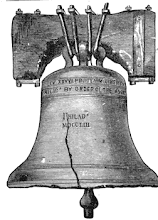




No comments:
Post a Comment